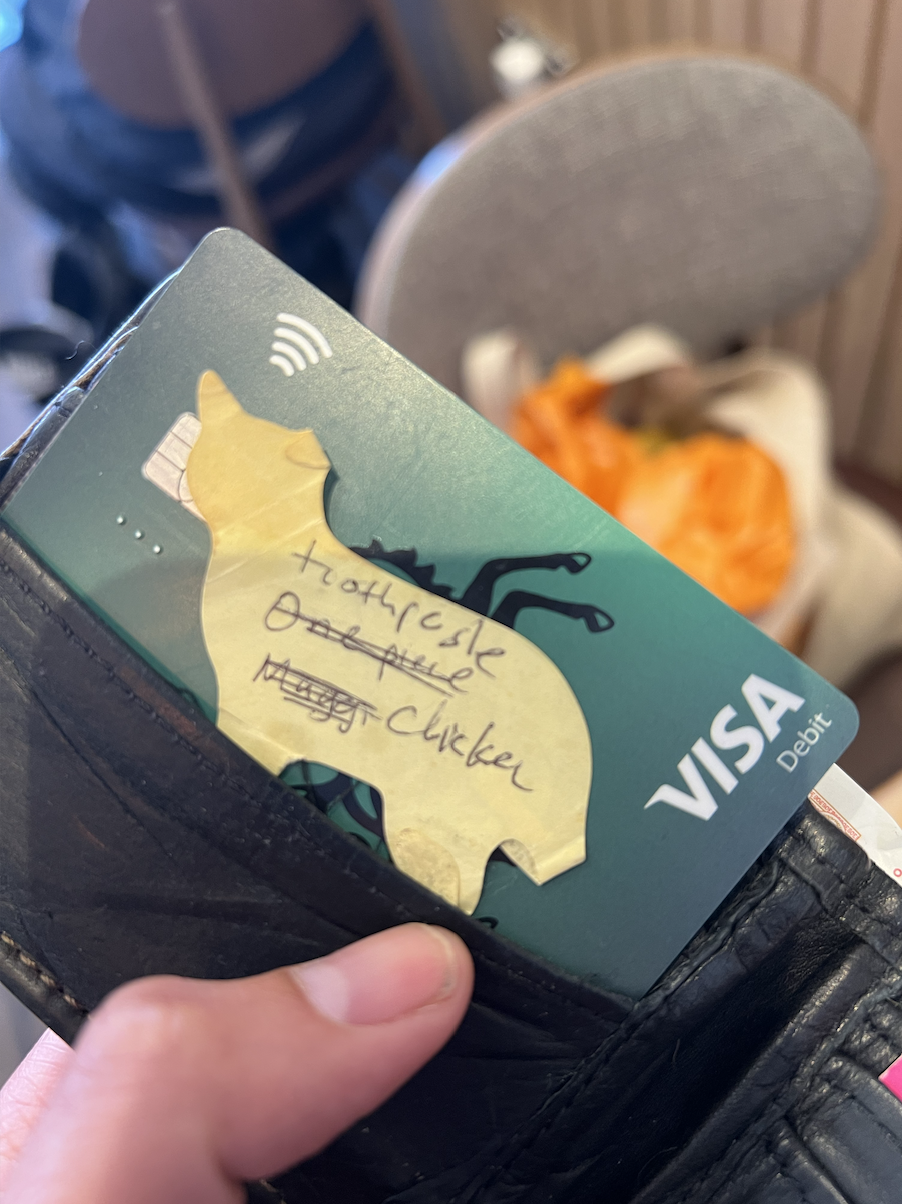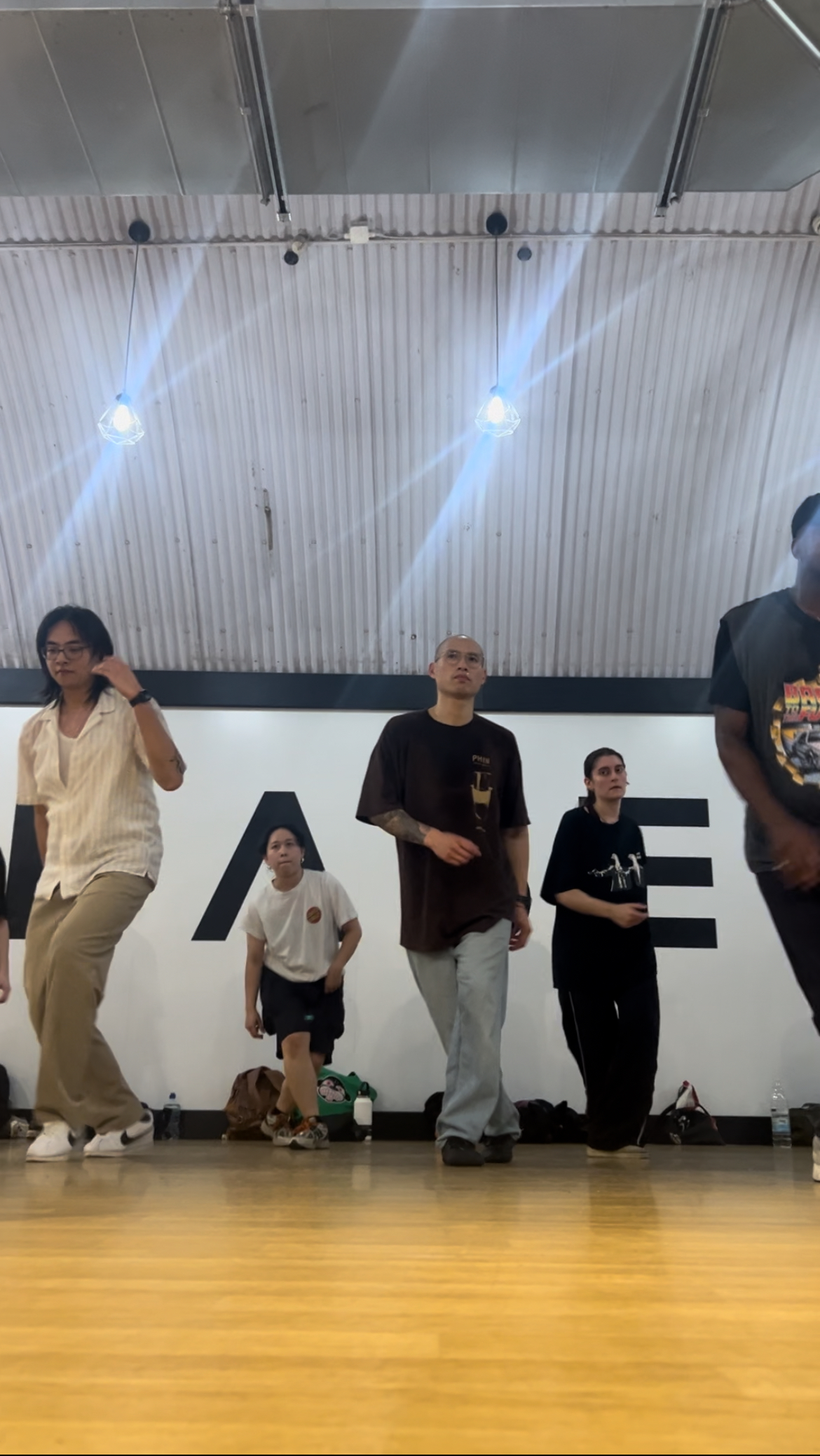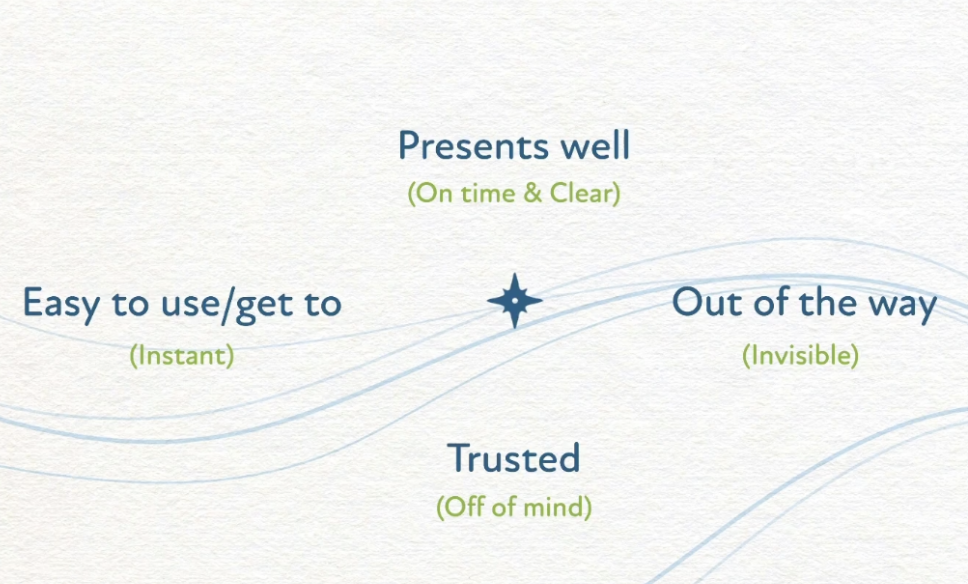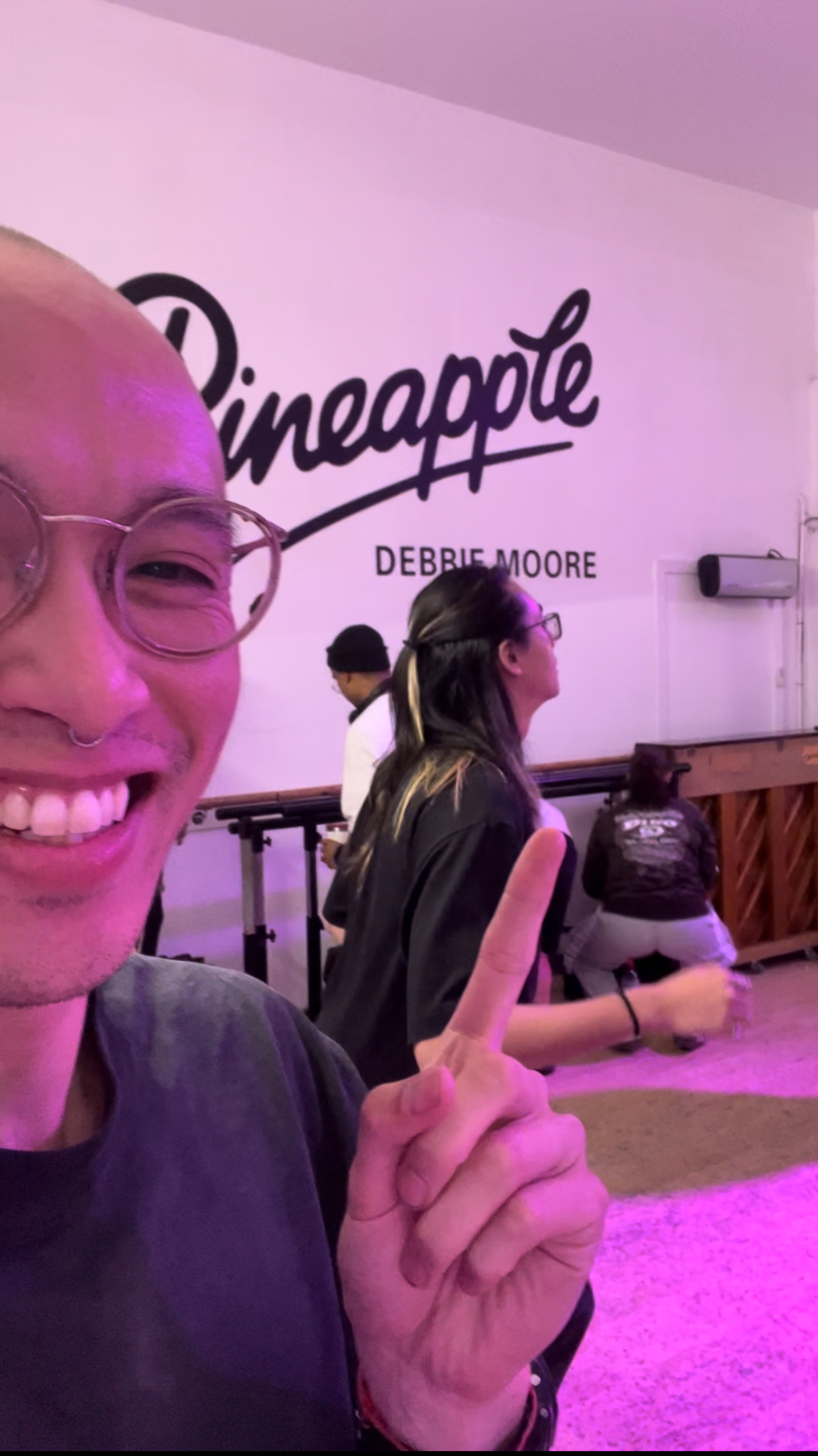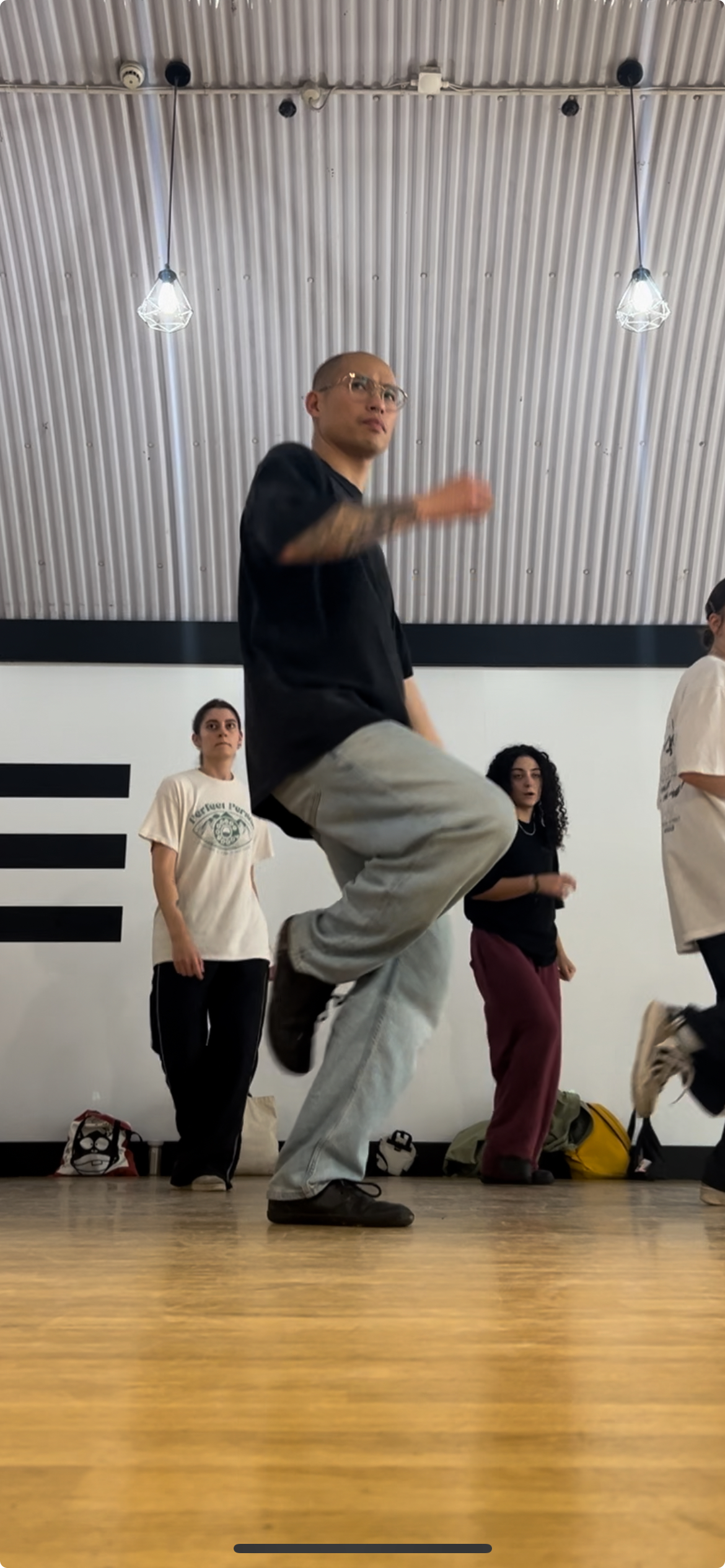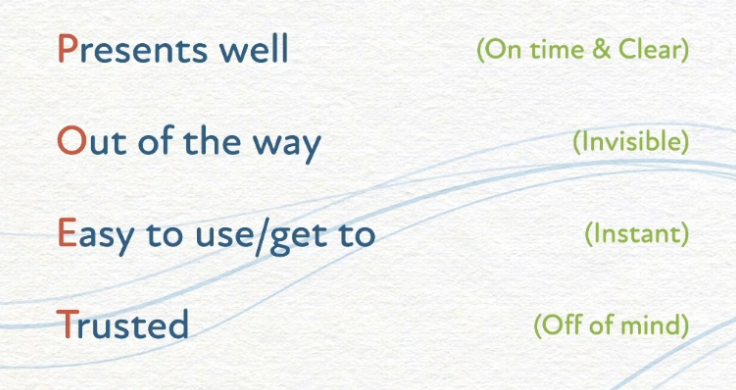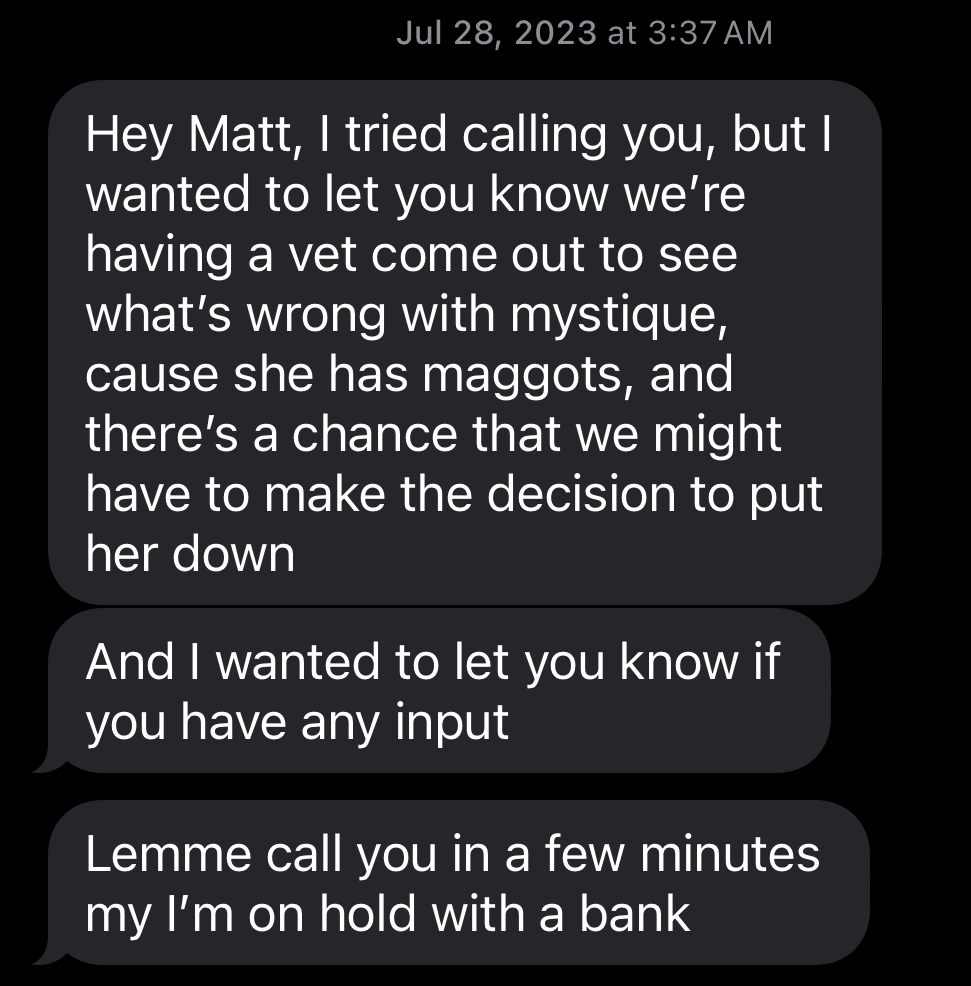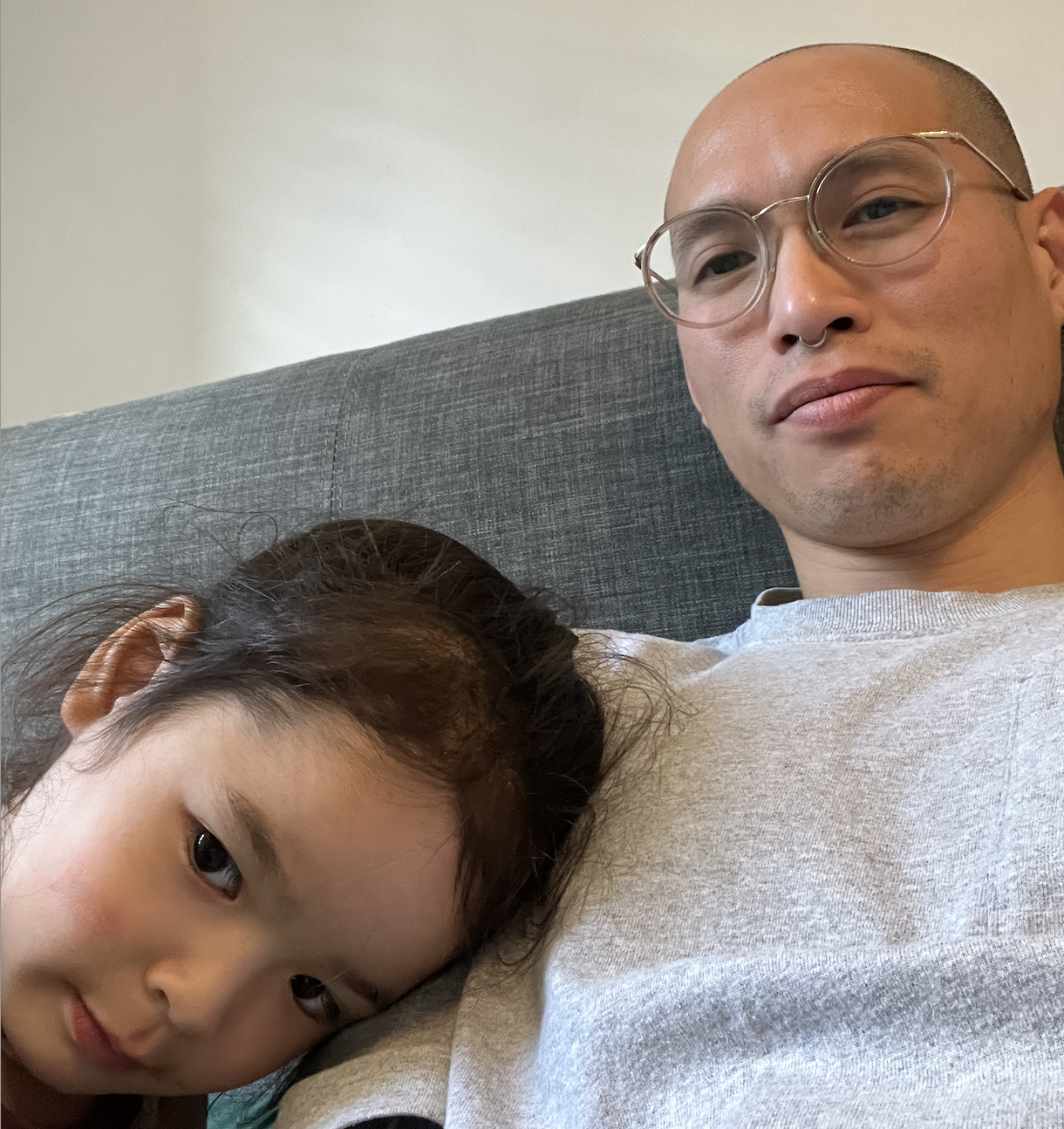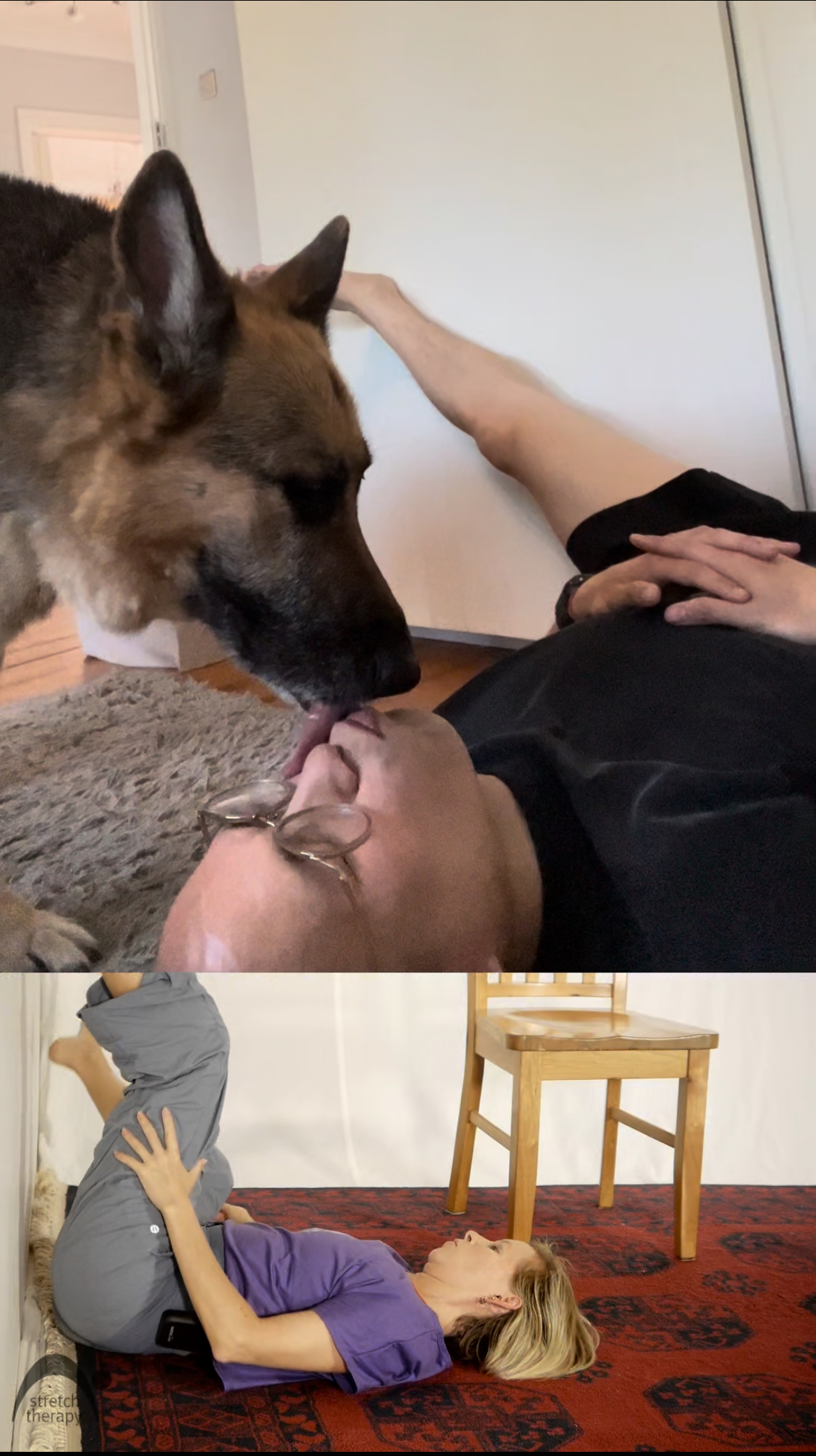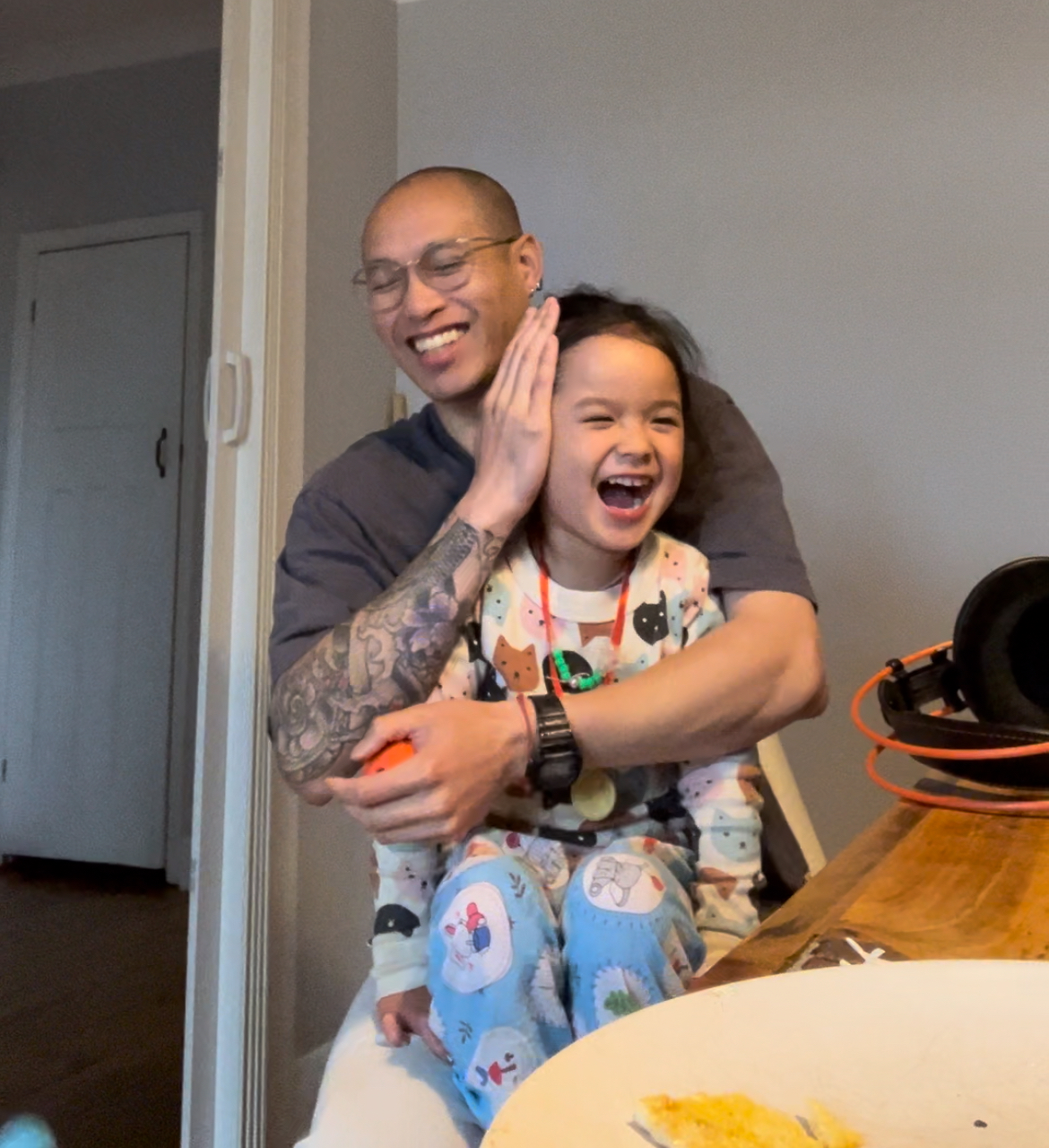Ever find yourself frustrated that you forgot to pick up something from the grocery store? I cannot tell you the number of times I’ve experienced frustration when I returned home, after forgetting to pick up some item (e.g. ketchup), despite writing down the item on a sheet of paper that I ultimately forget is neatly tucked away in a jean pocket.
But lately, I’ve been experimenting with a solution I came up with that seems to be working pretty consistently without fail over the last month.
It’s simple: I write down the item on a sticky note and then attach the sticky note to my credit card that lives in my wallet.
Before elaborating on this particularly unique solution, here are some other attempts:
- Location based reminder with Siri – “Hey Siri, remind me when I get to Sainsbury grocery store to buy ketchup”. While the notification works well (that is, a notification will pop up on my phone when I am in close proximity to the grocery store), sometimes my phone sits tucked away in my backpack and I end up not even hearing or feeling (i.e. vibrate) the notification. Or sometimes my phone suppresses notifications due to be set on sleep mode.
- Writing down items on a sheet of paper and putting the piece of paper in my pocket – As mentioned above, I (with good intention) write down items on a sheet of paper and then stuff the paper in my pocket and though this sometimes work, I often forget about the paper all together.
In a nutshell, with all the solutions presented above, the problem really boils down to forgetting about the solution itself.
Instead of relying on good intentions, like my memory, having some sort of trigger to prompt me. So me paying for my credit card (at the moment) always happen so I piggy packed on that.
Ultimately, this solution of mine is a fail safe. Because although I do write down a longer list of items on a single sheet of paper, the item(s) on the post-it fail to make their way to the single sheet of paper, for many reasons.
Again, this solution works … for me given my assumptions (e.g. paying with physical credit card) and circumstances. Even so, as a practice of improving my organization skills, I evaluated my solution using the POET compass in terms of how well my solution presents, how well it stays off my mind, how accessible the solution is, and how much I trust it. More on this below.
Evaluating the solution using the POET compass
As mentioned in more recent blog posts, I am currently enrolled in an online course called “Waves of Focus” (see this blog post for more details). And one tool I been incorporating into my daily life is the POET compass, a way to evaluate your “organization” solution.
Does it present well?
Yes, the solution in itself uses a label and works well as a visual trigger. As soon as I whip out my wallet and see a sticky note attached, I’m reminded that there’s at least one item I’d like to buy while at the grocery story.
Is it out of mind?
Invisible? Yes! The label itself is slapped onto my credit card, which is tucked away and out of sight and out of mind, sitting in my back pocket.
Is the solution easy to use/easy to get to?
Is it Instant? Yes, in the context of grocery shopping, I pay with my card (not apple pay or any other mechanism). So retrieving the sticky is as easy as retrieving my card from the wallet.
Trusted?
Off of mind. I would say for this particular scenario (of going to the grocery store and trying to remember to purchase something) that being trusted is probably the most important criteria (within the POET compass). After jotting down the items and attaching the sticky note to my card, I simply can forget.
Summary
I’ve been using this solution for a little over 4 weeks and appears to be working well. This solution (like many others) was born out of frustration. And while I still practice self-compassion and take it on myself, frustration is a normal and common feeling that I’m learning to listen to more, allowing myself to detach and and step back and brain storm (unique or not) solutions for my problems.
